
| Recorded by: R. Newman on 2025-08-27
Carteret Co.
Comment: | 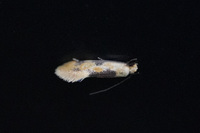
| Recorded by: Will Bennett on 2025-07-12
Watauga Co.
Comment: |
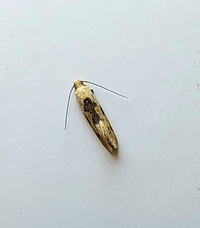
| Recorded by: Mark Basinger on 2024-09-01
Brunswick Co.
Comment: | 
| Recorded by: Mark Basinger on 2024-09-01
Brunswick Co.
Comment: |
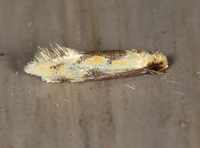
| Recorded by: Jim Petranka on 2024-08-03
Madison Co.
Comment: | 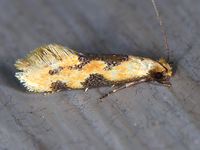
| Recorded by: Jim Petranka on 2024-07-06
Madison Co.
Comment: |

| Recorded by: K. Bischof on 2024-07-04
Transylvania Co.
Comment: | 
| Recorded by: Jeff Niznik on 2024-06-26
Orange Co.
Comment: |
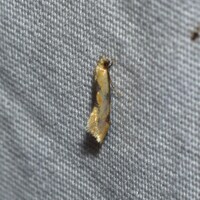
| Recorded by: David George, Stephen Dunn, Jeff Niznik, Patrick Coin on 2024-06-22
Chatham Co.
Comment: | 
| Recorded by: Jeff Niznik on 2024-05-22
Orange Co.
Comment: |
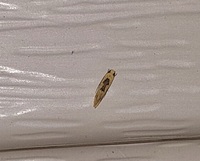
| Recorded by: Mark Basinger on 2023-09-13
Wilson Co.
Comment: | 
| Recorded by: Mark Basinger on 2023-09-13
Wilson Co.
Comment: |

| Recorded by: David George, Jeff Niznik on 2023-09-11
Orange Co.
Comment: | 
| Recorded by: Rob Van Epps on 2023-09-06
Mecklenburg Co.
Comment: |
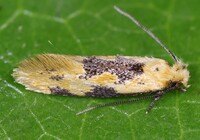
| Recorded by: Rob Van Epps on 2023-09-06
Mecklenburg Co.
Comment: | 
| Recorded by: David George, Stephen Dunn, Jeff Niznik on 2023-07-31
Macon Co.
Comment: |

| Recorded by: David George, Stephen Dunn, Jeff Niznik, Rich Teper, Becky Watkins on 2023-07-29
Swain Co.
Comment: | 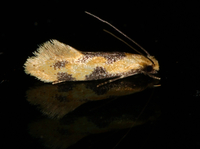
| Recorded by: Jim Petranka on 2023-07-19
Madison Co.
Comment: |
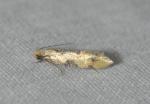
| Recorded by: K. Bischof on 2023-07-14
Transylvania Co.
Comment: | 
| Recorded by: David George, Stephen Dunn, Jeff Niznik on 2023-07-13
Orange Co.
Comment: |

| Recorded by: Jeff Niznik on 2023-06-27
Durham Co.
Comment: | 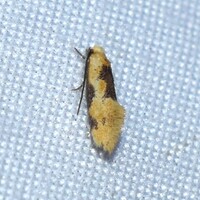
| Recorded by: Jeff Niznik on 2023-06-16
Durham Co.
Comment: |
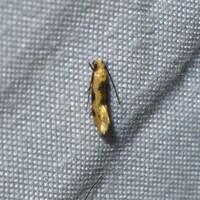
| Recorded by: David George, Jeff Niznik on 2023-06-10
Durham Co.
Comment: | 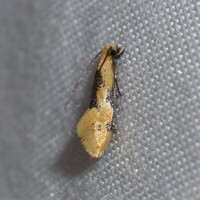
| Recorded by: David George, Jeff Niznik on 2023-06-06
Durham Co.
Comment: |
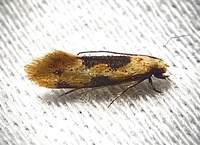
| Recorded by: Ken Kneidel on 2023-06-03
Mecklenburg Co.
Comment: | 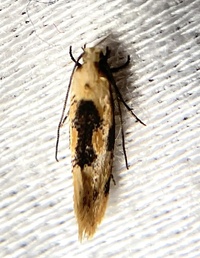
| Recorded by: Ken Kneidel on 2023-06-03
Mecklenburg Co.
Comment: |

| Recorded by: David George, Jeff Niznik, Rich Teper on 2023-05-21
New Hanover Co.
Comment: | 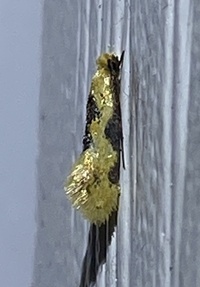
| Recorded by: David George, Becky Watkins on 2022-09-02
Durham Co.
Comment: |
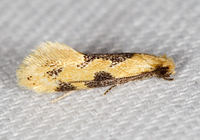
| Recorded by: Jim Petranka, Steve Hall and Bo Sullivan on 2022-08-28
Moore Co.
Comment: | 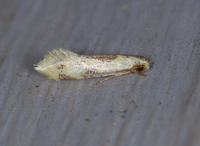
| Recorded by: Jim Petranka on 2022-07-14
Madison Co.
Comment: |
|

 »
»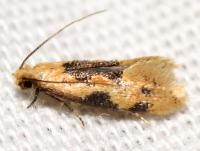
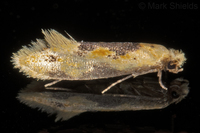
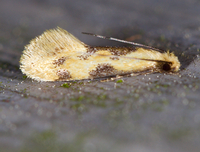

 »
»

